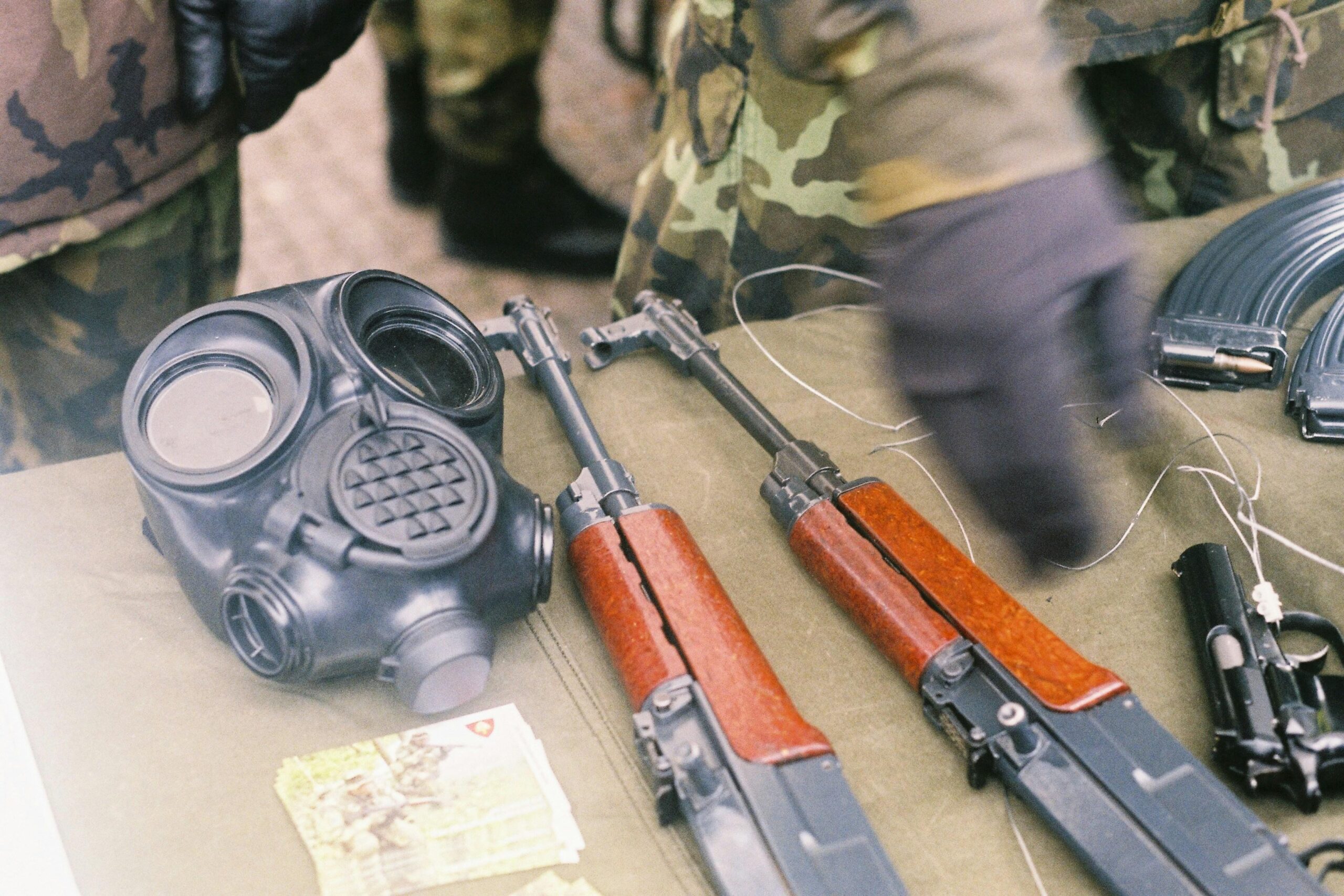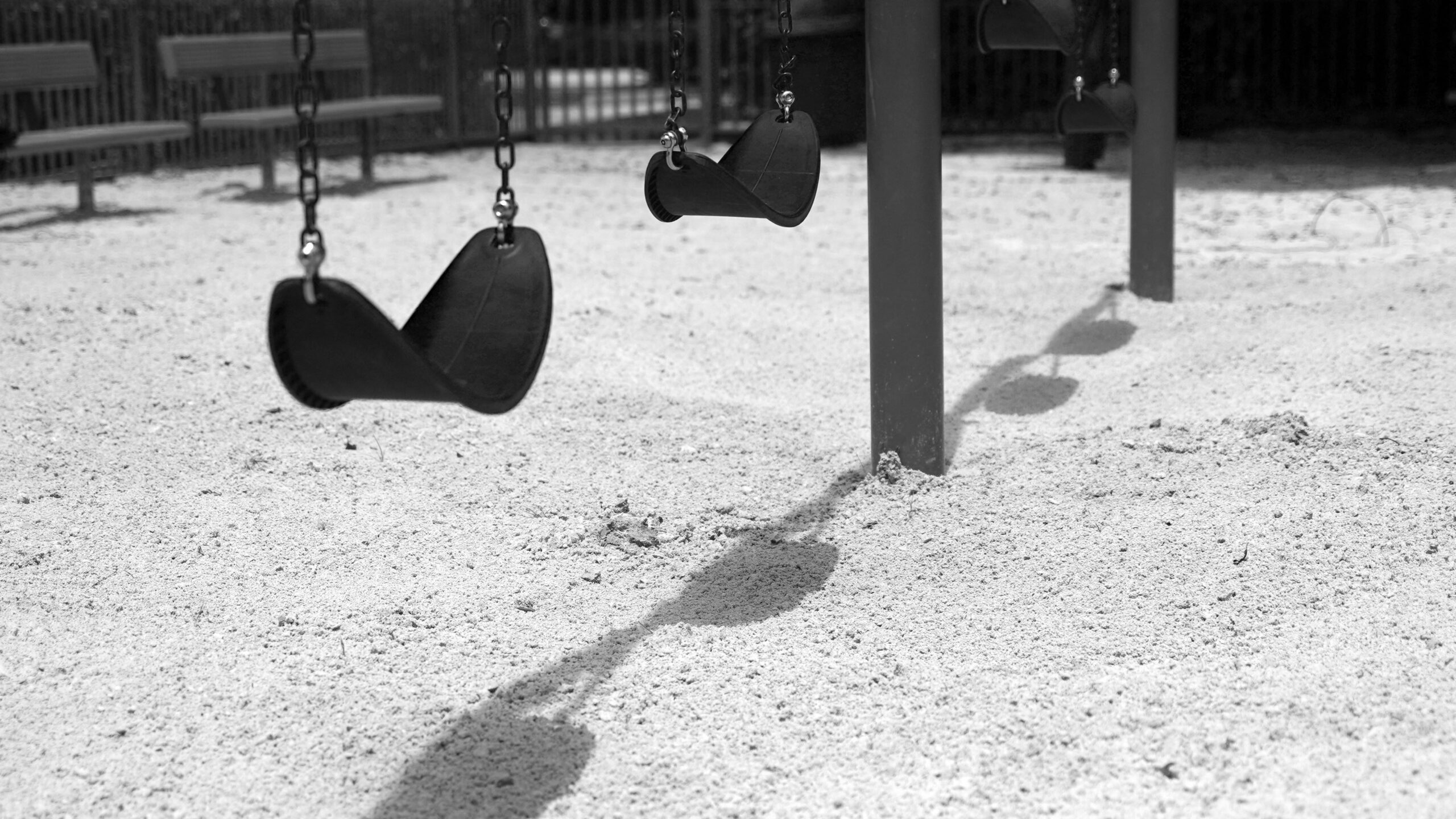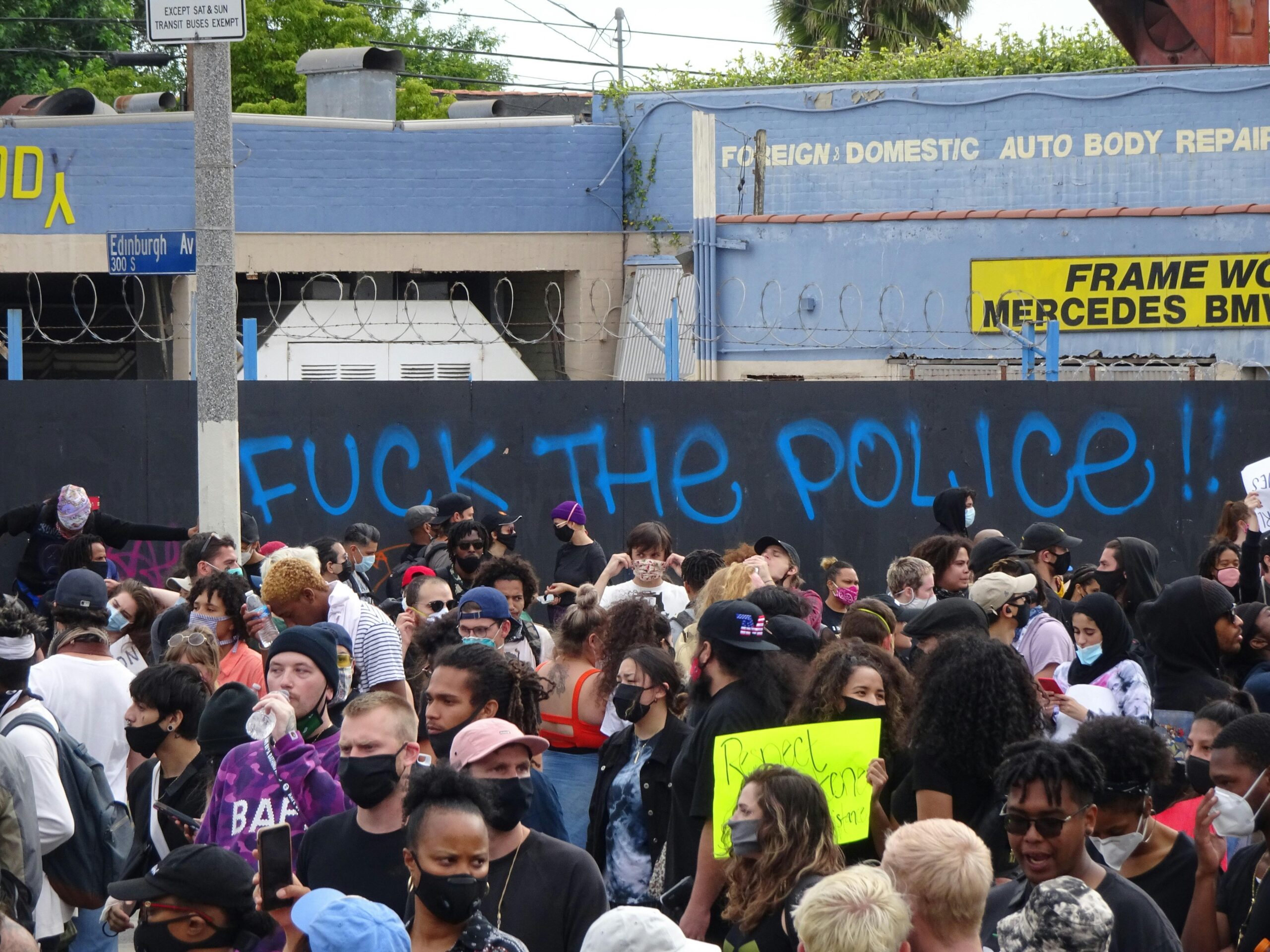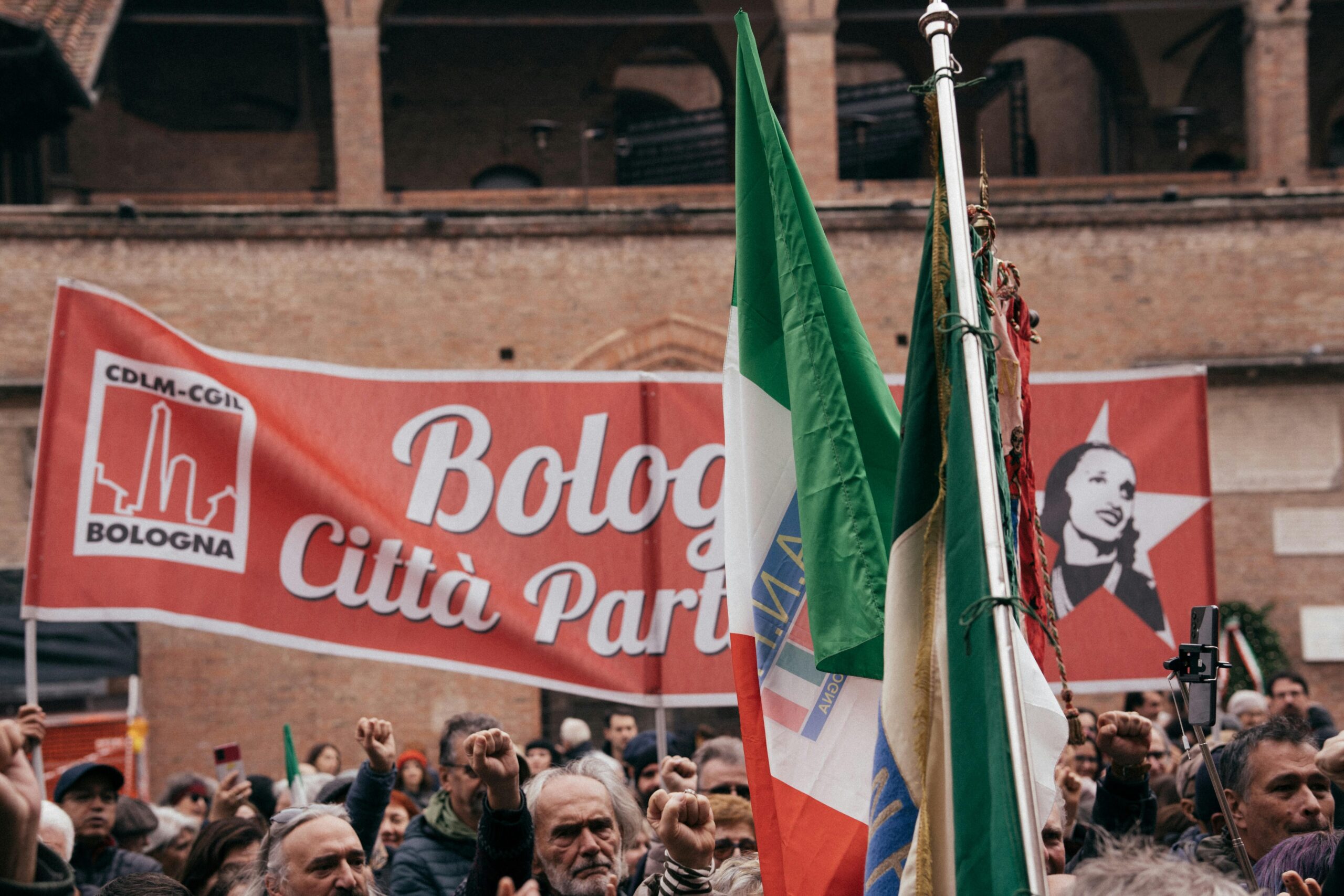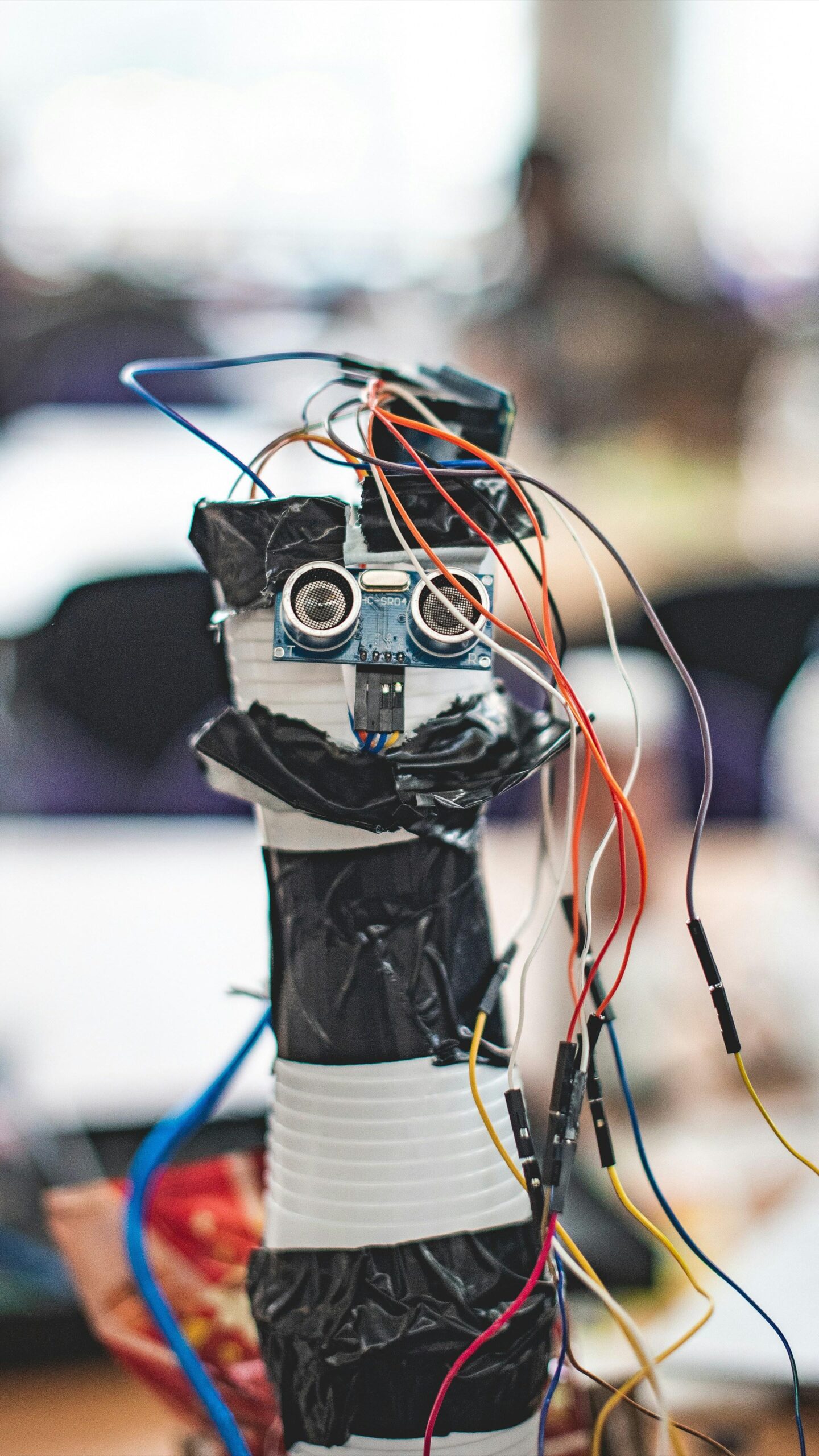Step inside one of the most captivating true crime stories of the late 20th century—the Menendez Brothers trial. This case has intrigued and puzzled the public for decades, blending family drama, shocking violence, and a courtroom battle that unfolded on national television. But what really happened behind closed doors in the Menendez household? As we dive into the twists and turns of this infamous trial, get ready to explore the mystery, motives, and media frenzy that continue to fascinate true crime enthusiasts around the world.
Table of Contents
- Inside the Menendez Brothers Trial The Psychological Drama Unfolding in the Courtroom
- Exploring the Evidence What Made This Case So Infamous and Compelling
- The Role of Family Dynamics How Toxic Relationships Shaped the Tragic Outcome
- Lessons for True Crime Enthusiasts What to Watch and Learn from This Notorious Trial
- The Way Forward
Inside the Menendez Brothers Trial The Psychological Drama Unfolding in the Courtroom
The courtroom became a surreal theater where every glance, every word, reverberated with intense psychological tension. The Menendez brothers’ trial wasn’t just a legal battle; it was an intricate psychological drama that unfolded with each day of testimony. Jurors and onlookers alike were drawn into a narrative brimming with allegations of abuse, fear, and desperation. The brothers painted themselves as victims of years of emotional and physical torment, creating a murky narrative that challenged traditional views on justice and morality. Expert witnesses, from psychiatrists to forensic psychologists, dissected their childhoods and mental states, turning the trial into a nuanced battle of perception versus reality.
What made this case hypnotic was the complex layering of emotions played out publicly. Key elements that kept everyone guessing included:
- Contrasting portrayals: The brothers as both cold-blooded killers and desperate sons fighting for survival.
- Expert psychological analysis: Heated debates over trauma’s influence on criminal behavior.
- Jury dynamics: A group torn between empathy and shock, wrestling to understand motives behind such a violent act.
The blend of raw human emotion and clinical evaluation made the courtroom atmosphere electric, blurring the lines between fact and feeling, and leaving an indelible mark on the annals of true crime history.
Exploring the Evidence What Made This Case So Infamous and Compelling
At the heart of the Menendez Brothers trial was a tangled web of evidence that made the courtroom drama both *baffling* and *gripping*. From eyewitness testimonies to the chilling details of the crime scene, every piece contributed layers to the mystery. Particularly striking were the seismic shifts in the brothers’ narratives, which collided with forensic findings and psychological evaluations—creating a mosaic where truth and perception constantly blurred. The emotional intensity was heightened by the brothers’ claim of enduring long-term abuse, a factor that challenged traditional legal boundaries and invited jurors to wrestle with complex questions of morality versus legality.
Beyond the explosive confessions and contradictory statements, several elements stood out:
- The role of forensic evidence: Ballistics and blood spatter patterns were crucial in constructing the timeline and arsenal of the crime.
- Psychological evaluations: Experts delved deep into the brothers’ mental states, assessing the impact of alleged trauma on their actions.
- Media frenzy: The public spectacle around the trial shaped narratives and possibly influenced jury perspectives.
These factors combined to create a case that wasn’t just about crime and punishment, but an intense exploration of family secrets, fear, and the desperate measures people might take when pushed to their limits.
The Role of Family Dynamics How Toxic Relationships Shaped the Tragic Outcome
The Menendez brothers’ story is a haunting reflection of how deeply fractured family ties can escalate into irreversible tragedy. Beneath the surface of their upscale suburban life lay a web of emotional abuse, manipulation, and fear. The parents, whose outward appearance suggested stability and success, are reported to have maintained a controlling and volatile household. This toxic environment not only sowed seeds of resentment but also distorted the brothers’ sense of reality, making them feel trapped in a relentless cycle of humiliation and threat. Understanding this undercurrent is key to grasping the darker motives that fueled the events leading to the shocking crime.
Key aspects of the toxic family dynamics include:
- Psychological Abuse: Continuous emotional manipulation that eroded the brothers’ self-worth over many years.
- Financial Control: Restrictive access to personal resources, emphasizing dominance and control within the home.
- Parental Favoritism and Favoring Discipline: Inconsistent parenting which bred confusion, rebellion, and deep-seated anger.
- Isolation: Limited outside support, which left the brothers feeling isolated and overwhelmed by their family’s harsh dynamics.
These factors combined to create a pressure cooker atmosphere. The brothers’ eventual decision to commit a drastic act was not just a spur of moment crime, but rather a tragic outcome of years of living under psychological siege. Delving into these intimate family dynamics changes how the trial and the motives behind the case are perceived, highlighting the complex interplay between nurture, trauma, and justice.
Lessons for True Crime Enthusiasts What to Watch and Learn from This Notorious Trial
Delving into this infamous case reveals a treasure trove of insights for those captivated by true crime. First, understand the complexity of family dynamics and how toxic environments can distort perceptions of guilt and innocence. The Menendez trial showcased how beneath the surface of a seemingly privileged household lay secrets of abuse and emotional turmoil. This encourages enthusiasts to explore psychological profiles more deeply rather than accepting surface-level narratives. Additionally, the trial serves as a master class in courtroom strategy — from the use of expert witnesses specializing in trauma to the pivotal role of jury perception, every moment underscores how legal battles are waged not just on facts, but on emotion and storytelling.
- Observe how media coverage shapes public opinion and sometimes pressures the judicial process, highlighting the need for critical consumption of news.
- Notice the importance of forensic evidence and how breakthroughs or contradictions can pivot the entire case’s trajectory.
- Learn the value of cross-examination tactics and their artful use to unsettle witnesses or reveal hidden truths.
- Reflect on how mental health considerations are increasingly shaping legal defenses, pushing evolving standards for justice.
The Way Forward
As we peel back the layers of the Menendez Brothers trial, the line between justice and intrigue only blurs further. This case, with its gripping mix of familial secrets, courtroom drama, and psychological complexity, continues to captivate true crime enthusiasts and skeptics alike. Whether you view the brothers as calculating criminals or victims of unimaginable trauma, one thing is certain: the story behind the Menendez trial is a puzzle that keeps inviting us to look deeper. Stay curious, because in true crime, the truth is often stranger—and far more complicated—than fiction.




